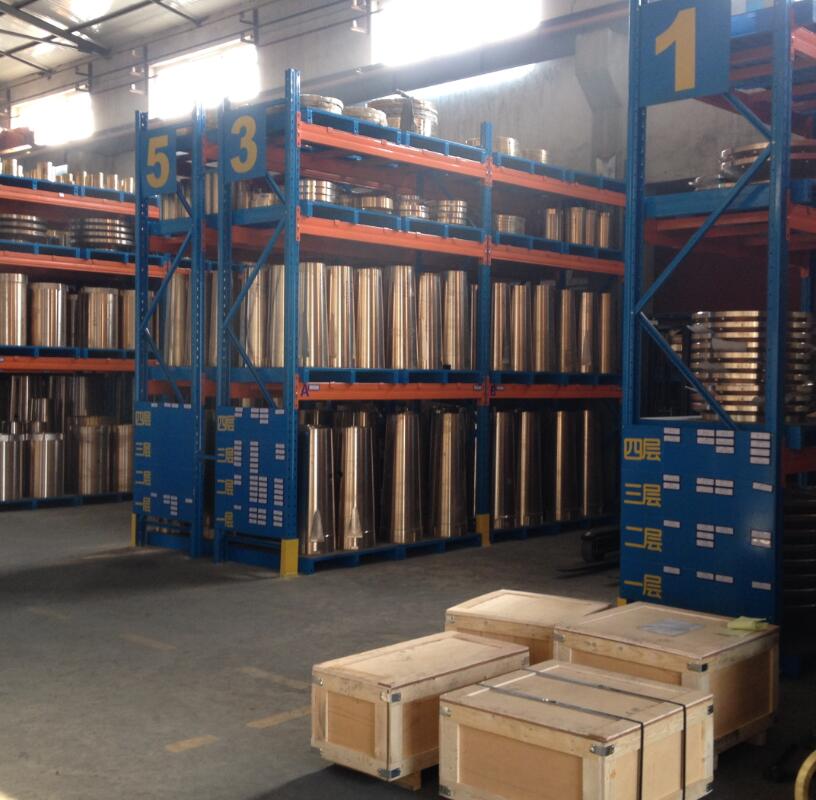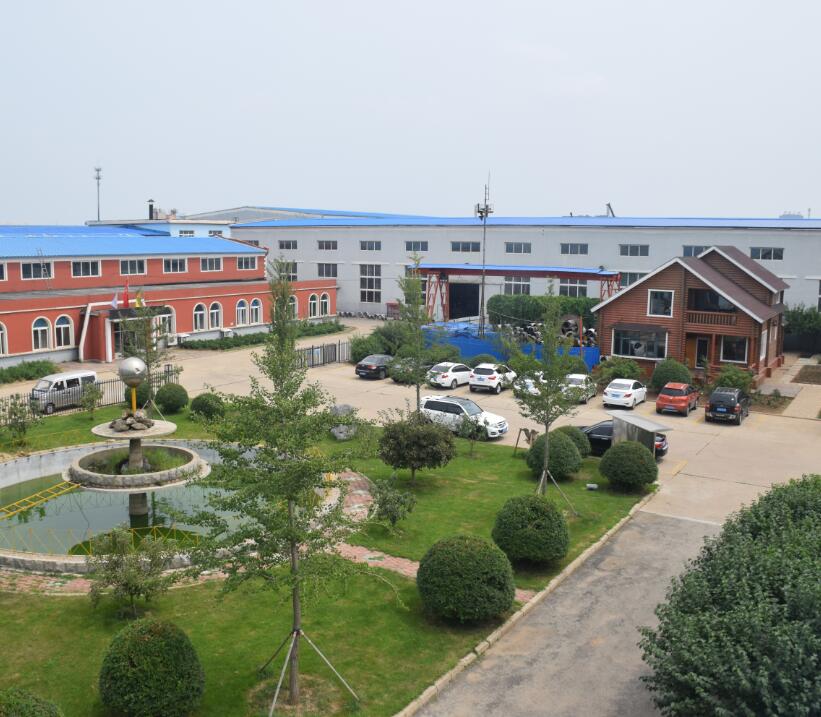The European Commission recently released a report entitled “Materials for the Life and Death of the European Unionâ€, which listed 14 important mineral raw materials on the “short†list, with Gallium among them. At present, the scarcity of gallium has been reflected in the price. Shanghai Xiao metal trading market, said the news website, the European Union and the United States gallium supply, prices rise. Ms. Yang, a gallium trader in Hunan, told the Daily Economic News that gallium is very popular at present, the price is running at a high level, and the sales volume is also very promising, often a few hundred kilograms, or even a large list of one ton or two tons. Insiders told the Daily Economic News that in just four months, the price of domestic gallium rose from 2,500 yuan per kilogram in June to about 4,000 yuan per kilogram, up 60%. It is expected that the future price of gallium will continue to rise, reaching a historical high before 2005, and is expected to double. Gallium becomes a scarce resource that is wasted. Gallium is rarely mined alone, mostly associated. In May of this year, a special investigation team of the United Nations issued a report saying that the recovery rate of rare metals widely used in high-tech equipment is extremely low, mostly within 1%. If this situation cannot be improved, there will be a serious shortage of these rare metals in the next 20 to 30 years. Professor Shi Shifeng, a professor at China University of Mining and Technology (Beijing) and a scholar from Changjiang, said that the wasteful situation also exists in China, and the waste of gallium resources is particularly serious. On behalf of Shi Feng said that in bauxite, Shanxi, Henan, Shandong, Hebei, Guizhou and other places, are associated gallium. In Inner Mongolia, Yunnan and Chongqing, also enriched in the coal layer of gallium, germanium, tin ore and ore. Further, in the lead-zinc ore which is also part of gallium enrichment. As a companion mine, many companies have not extracted gallium, but let it be wasted.
In 2005, when Dai Shifeng conducted research on the subject, he unexpectedly discovered that the gallium resources in the Zhungeer coal seam in Inner Mongolia have reached the industrial grade of gallium and met the standards for development and utilization. Dai Shifeng told reporters that China has proven reserves of gallium resources of 100,000 tons. The proven reserves in the Inner Mongolia Zhungeer coal mine are about 50,000 tons, which is equivalent to an increase of one-half of the reserves. However, the protection of this part of the resources is not satisfactory. According to Dai Shifeng, although this part of the coal mine is rich in gallium, it is not specially protected. The coal resources rich in gallium are still mined and sold according to the policy of ordinary coal. With the exploitation of local coal resources, this part of the gallium resources may be exhausted in obscurity. Dai Shifeng also said that China should increase its investment in research on mineral resources and find out how many homes they really have. At present, China's exploration in the eastern region is relatively high, but the exploration in the vast central and western regions is still very low. “With the development of science and technology, the use of rare metals will become larger and larger, and for increasingly scarce resources such as gallium, the state should protect and manage these resources.†Shifeng is suggesting at the same time as he feels distressed. Gallium exporting countries have no pricing power. As a big exporter of gallium, the lack of pricing power has always been the heart of the industry.
Japan is the world's largest importer of gallium, followed by developed countries such as Europe and the United States. According to USGeologicalSurvey's statistics on the production and sales of gallium, China, Germany, Kazakhstan and Ukraine are the four largest gallium producing countries in the world. During the four years from 2005 to 2008, the United States consumed gallium. 16% are imported from China. According to market participants, in 2005, the price of gallium reached a historical high, and its price once lingered between 5,200 yuan and 5,800 yuan per kilogram. However, after reaching a high level, the price of gallium has turned downwards. In 2008, it was only about 1,100 yuan per kilogram, which is one-fifth of the peak price, far lower than the production cost. Yu Kehui, manager of the Tianjin Rare Metals Trading Center, said that China's lack of price discovery platforms and mechanisms is the main reason for the price dilemma of gallium. He explained that there is often a trading platform in the world. For example, Chicago's futures trading market is a global agricultural product (17.88, 0.16, 0.90%) price pricing center, which gathers the world's major sellers and buyers, and frequent and large-scale transactions are reflected. The value of the product also makes the price of the product formed in the trading market internationally recognized and becomes the international pricing center of the product. China lacks a similar trading platform. Domestic companies only know their own production costs, and do not understand the specific value of the products. Foreign manufacturers often take orders to various manufacturers for inquiry. Manufacturers often take customers at low prices, causing the price of gallium to fall. This year, the price of gallium began to rise gradually. Especially after June, the growth was very obvious. The price rose from 2,500 yuan / ton to nearly 4,000 yuan / ton, up 60%.
Recently, it is reported that the country is considering establishing a strategic reserve pool for 10 rare metals including rare earth, tungsten, antimony , molybdenum , tin, indium , antimony , gallium, antimony and zirconium . Yu Kehui said that this is only a booster for the rise in gallium prices, and the increase in demand for gallium is the main reason for price increases. In recent years, the semiconductor industry has developed rapidly, especially the development of wireless communications. Despite the 2009 global economic crisis, gallium arsenide demand is still rising day by day. According to public data, China's semiconductor industry growth rate is expected to reach 17.8% in 2010, and annual revenue will reach US$80.1 billion. The growth rate of automotive semiconductors is expected to reach 19.7%, and this year's annual profit is expected to reach 2.4 billion US dollars. Yu Kehui said that the Chinese government's effective management of gallium exports is also one of the price factors that push up gallium. At present, the export quota of gallium has dropped from 5.4 tons per year to 3.6 tons, and there is a trend of declining year by year, which has increased the supply of the market and raised the price. The scattered industry chain is weak. Industry insiders estimate that the current annual production of gallium in China is between 500 tons and 1,000 tons, and its output is not stable. With the price of gallium and some industrial policies adopted by the state, such as promoting energy conservation and emission reduction, and limiting the development of industries such as aluminum and copper , gallium production capacity will be affected accordingly.
According to Yu Kehui, there are not many large-scale enterprises in the production of gallium ore, and many enterprises have an annual output of only 3, 4 tons or even 1 ton. Enterprises with an annual output of more than 20 tons, such as Chinalco (11.09, 0.36, 3.36%) (601600, SH), are large gallium producers and exported to many countries. Among the private enterprises, Beijing Jiya Semiconductor Materials Co., Ltd. and Wansheng Group (Zhuhai) Trading Co., Ltd. are among the larger enterprises. Yu Kehui explained that although gallium mines exist in many minerals, for many large mining companies, if they want to extract, it is necessary to establish a production line that meets environmental protection standards. Since gallium is associated with ore, and the content is not high, even if it is 2%, it is rich in ore. Therefore, the extraction of gallium becomes a "chicken rib", and it is a pity that it is tasteless. Many large mining groups are reluctant to invest in the extraction, which is also an important reason for the general size of the gallium industry. Wastes abandoned in large mining groups have become the raw materials of many small and medium-sized gallium companies. Due to the lack of strict supervision on environmental protection, compared with the investment of hundreds of millions of production lines, small and medium-sized gallium companies often invest hundreds of thousands of dollars to build a gallium ore extraction line, and the extraction process is also very simple. Later investment is not high, and sewage charges account for more than half of its production costs. The demand for gallium market is getting bigger and bigger, so the funds are quickly returned. At the expense of the environment, the investment in gallium ore extraction is very hot, and small and medium-sized gallium companies are emerging. However, the promising prospects for the gallium market are also attracting many large mining groups to start investing in gallium mining. In 2009, Dongfang Hope Group's Oriental Hope Dianchi Gallium Co., Ltd. began trial production. "Daily Economic News" learned from the Oriental Hope Group that relying on the Oriental Group (9.08, 0.13, 1.45%) in the Sanmenxia City of Henan Province, an annual output of 2.5 million tons of alumina production enterprises, Oriental Hope Dianchi Gallium Co., Ltd. invested 150 million to establish A production line with a capacity of 40 tons has realized the comprehensive utilization of minerals. At present, more than ten tons of gallium have been produced, which has greatly improved the purity of alumina while bringing considerable economic benefits.
Our company is located in Shenyang, which is the national heavy industry base of China and the political, economic and cultural center in the Northeast of China. Our factory covers an area of 28000 square meters, among which our foundry workshop covers 5200 square meters and our machine processing workshop covers 4600 square meters. In 2002, we got the certificate of ISO9001. We are a manufacturer specialized in all kinds of copper bushings, crusher parts, big centrifugal bushes, worm wheels, nuts and so on. With a wide range, good quality, reasonable prices and stylish designs, our products are extensively used in Mining and Quarry (Crushers and ball mills), Hydroelectricity (Hydro Equipment), Cement Equipment (Rotary Kilns and Lime Kilns), Forged and Steel Rolling (Nuts, Screws and bushings), and other industries. We always supply bushings and other parts of cone crushers and imported crushers (Metso, Sandvik, Nordberg, Svedala, etc.)

for Metallurgical Mines, Non-ferrous Mines and Ore Mines. We also supply copper bearing bushes, Labyrinth Sealing Rings and copper upper-retaining rings for GE Hydro, Andritz Hydro, Alstom Hydro, Vioth Hydro and Rainpower Hydro. Our products are widely recognized and trusted by users and can meet continuously changing economic and social needs. We welcome new and old customers from all walks of life to contact us for future business relationships and mutual success!


Cone Crusher Parts,High Lead Bushing,Bronze Spare Parts,Casting Bushing
Shenyang YYD Casting Co,. Ltd. , http://www.yydcasting.com
![<?echo $_SERVER['SERVER_NAME'];?>](/template/twentyseventeen/skin/images/header.jpg)